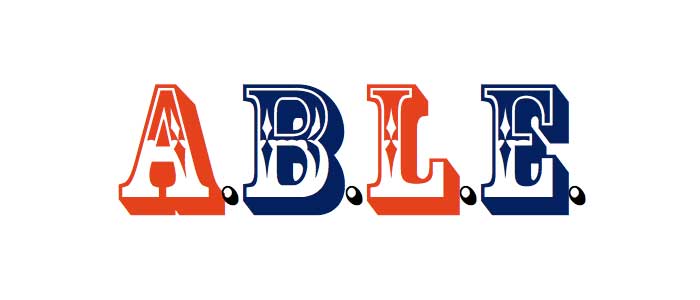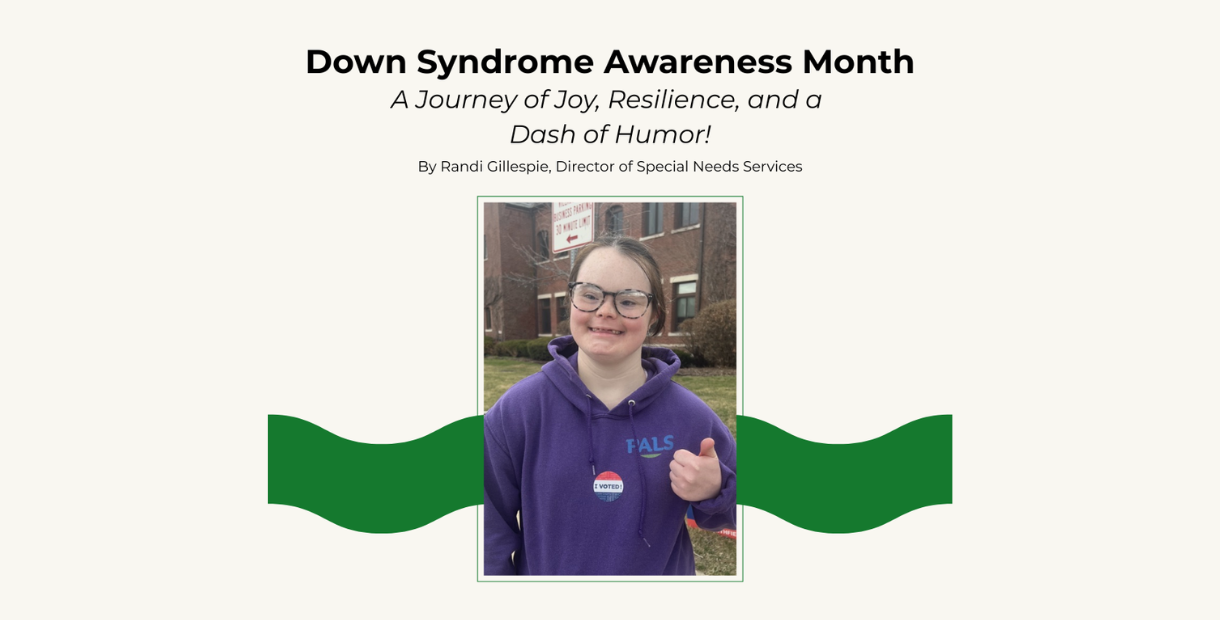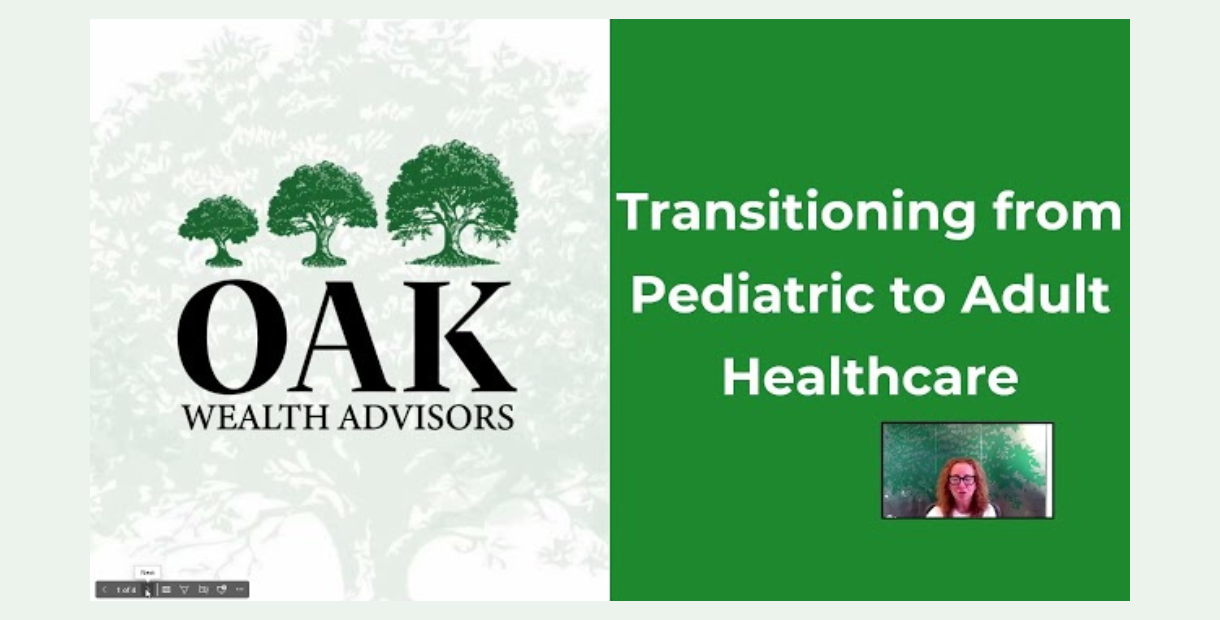![]() A year after Congress authorized ABLE Accounts as tax-free savings accounts for individuals with special needs, the Internal Revenue Service has still not completed the regulations on how the accounts should be implemented and managed. Although the final regulations have not been released, we have learned some details which suggest the new accounts may be easier to utilize than had been thought previously.
A year after Congress authorized ABLE Accounts as tax-free savings accounts for individuals with special needs, the Internal Revenue Service has still not completed the regulations on how the accounts should be implemented and managed. Although the final regulations have not been released, we have learned some details which suggest the new accounts may be easier to utilize than had been thought previously.
The new guidelines include:
- An individual applying for an account will not have to submit physician documentation regarding their disability. However, the individual will be required to certify that they have the documentation in their records and can make it available to the ABLE program or IRS should it be requested at a future date.
- ABLE programs will not have to include safeguards for ensuring that all account distributions are for qualified disability expenses. The beneficiaries will need to keep track of the uses of all distributions in order to satisfy other reporting requirements if they are receiving government benefits.
- Donors to the ABLE Accounts will not have to provide their Social Security numbers to the state in which the account has been established. The states will be required to have systems in place to reject contributions made in excess of the annual contribution limit.
The IRS has stated that they intend to broadly define the approved expenses from ABLE Accounts as long as they are for the sole benefit of the disabled individual. The final regulations should provide clarity about what expenses will be allowed though it is expected that expenses that improve the quality of life for an individual with special needs should qualify.
The core components of the ABLE ACT remain as follows:
- The age by which the disability diagnosis must be received is 26.
- There is a limit of one ABLE Account per person.
- The annual contribution limit per account is $14,000 per year (to be indexed in future years).
States have begun moving forward with their plans to make accounts available in the near future. Current forecasts indicate that accounts should be available in most states in the first or second quarter of 2016. At least two states have already had discussions with potential service providers for account management and over forty states have initiated or approved legislation authorizing the creation of ABLE accounts.
The recently issued guidelines have strengthened our opinion that ABLE Accounts can be valuable planning tools for families with children with special needs. We look forward to the regulations being finalized and the individual state plans being rolled out.
The post THE ABLE ACT – One Year Later appeared first on Oak Wealth Advisors, LLC.





